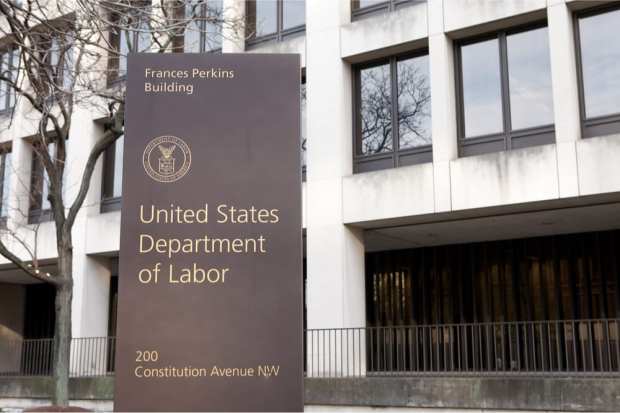Labor Dept Floats ‘Tests’ To Define Independent Contractors

New tests may help companies (and regulators) determine who is an independent contractor — and who is not.
To that end, a new proposal by the U.S. Department of Labor would offer guidelines and “tests” that would help define whether workers are independent contractors or employees.
Under the terms of the proposal — an interpretive rule, and not a new mandate — an “economic reality” test would help determine worker status.
“The test considers whether a worker is in business for himself or herself (independent contractor) or is economically dependent on a putative employer for work (employee),” said the Labor Department.
The proposed rule also identifies and explains “core factors” that tie into the nature and degree the worker has over the work itself, and the worker’s opportunity to realize profit or loss based on initiative or investment.
“These factors help determine if a worker is economically dependent on someone else’s business or is in business for himself or herself,” the proposal says. Other factors that would help determine worker status include: the amount of skill required for the work; the degree of permanence in the working relationship between the individual and the employer and whether the work itself is part of “an integrated unit of production.”
Though the proposal does not define the types of labor or working relationships that would be fall under its umbrella, the “economic reality test” could conceivably be extended across all manner of activities, from janitorial work to ride-hailing.
As reported by The New York Times, “The proposed rule could affect workers in across a variety of industries, from construction to home care, the impact may be most evident in the gig economy, where a vigorous debate over workers’ employment status is playing out.” States would be able to make their own determinations about worker status — as has been playing out in California, for example — but the Times noted that “employers tend to follow the Department’s guidance.”
The Bureau of Labor Statistics reported that as recently as 2017, independent contractors were nearly 7 percent of the workforce. As estimated by PYMNTS just before COVID-19 hit, roughly 48 million Americans had worked gig economy jobs, and fully 40 percent of U.S. millennials identified as gig workers.
The battle over classifying workers has reached a fever pitch in places like California, where recent court rulings have mandated that Uber and Lyft must reclassify drivers. A California judge ruled Uber and Lyft must end their practice of categorizing their workforce as gig workers in favor of classifying them as employees — and give drivers benefits such as sick and vacation pay, unemployment insurance, workers’ compensation insurance and healthcare. California Attorney General Xavier Becerra had sued the companies for violating the state’s Assembly Bill 5 (AB5) labor law. In November, voters will be asked to approve a ballot initiative that would exempt ride-hailing businesses from the law.
In reference to the new Labor Department notice, the Times reported that senior department officials have said the proposal would be published in the Federal Register over the next two weeks, opening a 30-day comment period.